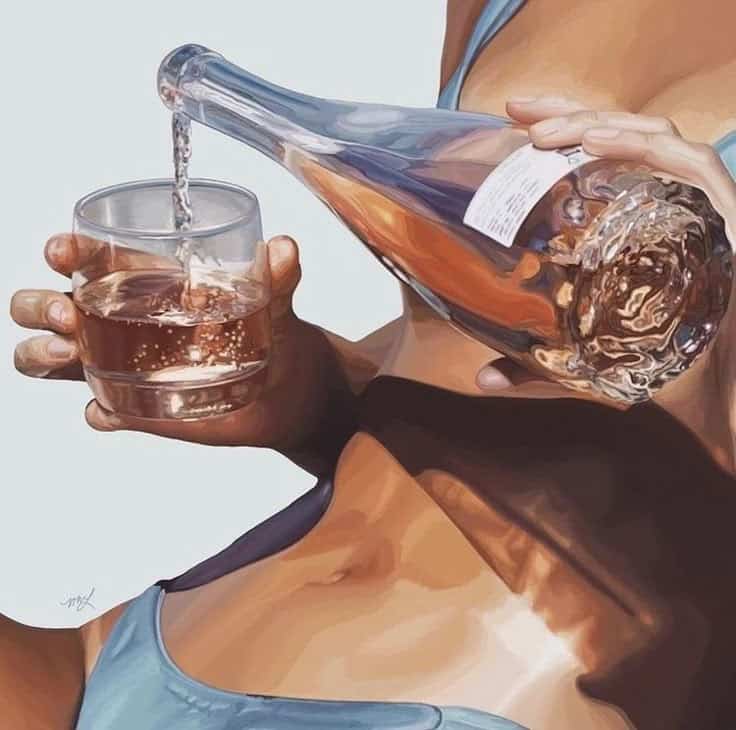

Quick Draw is a game that measures how fast someone can draw a specific object from memory. It challenges both quick thinking and artistic skills, making it fun and engaging for players of all ages. The main goal is to create a recognizable sketch quickly enough to be guessed by the game’s artificial intelligence or other players.
This game uses simple tools but requires sharp observation and practice to improve. It is not just about speed, but also about how well the player can express ideas through images under time pressure. Quick Draw has grown in popularity because it combines creativity with fast-paced gameplay.
People enjoy Quick Draw for its blend of art and competition. It helps develop drawing skills while providing instant feedback. The game also offers insights into how machines learn to recognize human sketches during daily play.
Key Takeways
- Quick Draw tests speed and creativity in drawing simple objects.
- Success depends on both fast thinking and clear drawing skills.
- The game supports skill growth and machine learning research.
What Is Quick Draw?
Quick Draw is a concept that involves speed, accuracy, and timing. It started as a skill in using firearms but has grown into various forms today. The idea blends fast actions with clear results.
Definition and Origin


Quick Draw originally meant the skill of pulling a gun from its holster and firing faster than an opponent. It was popular in the American Old West, where quick reflexes could decide life or death.
The term “quick draw” became known through stories, movies, and competitions. People practiced this to be the fastest shooter in duels. Over time, it turned into a symbol of skill and agility with firearms.
Key Characteristics
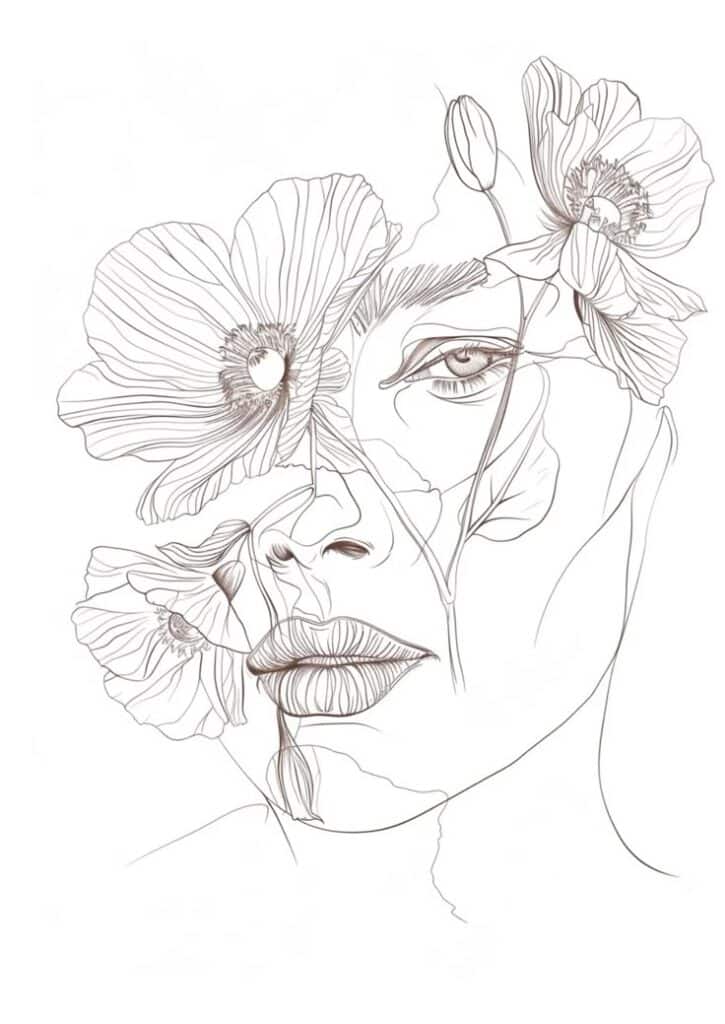

Quick Draw focuses on speed and precision. A person must react instantly, draw the weapon quickly, aim, and shoot accurately, often within a few seconds. This requires both mental focus and physical control.
Other traits include calmness under pressure and steady hands. Quick Draw is not just about moving fast but doing so correctly. It often involves drills and repeated practice to improve both speed and accuracy.
Evolution Over Time
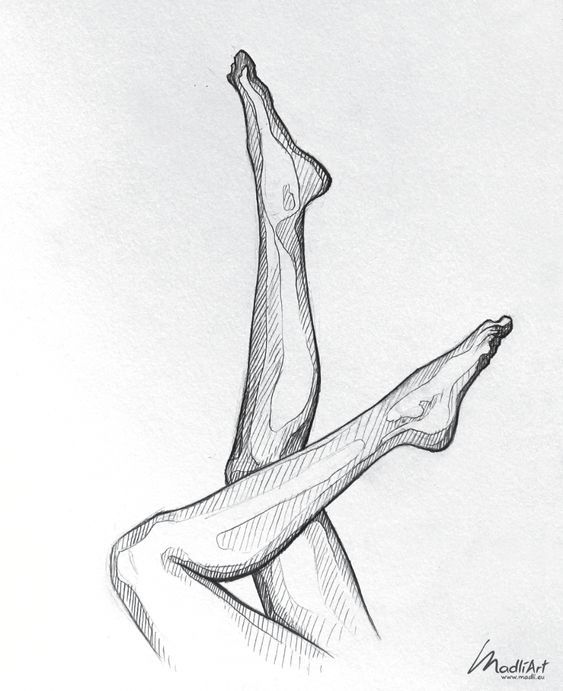
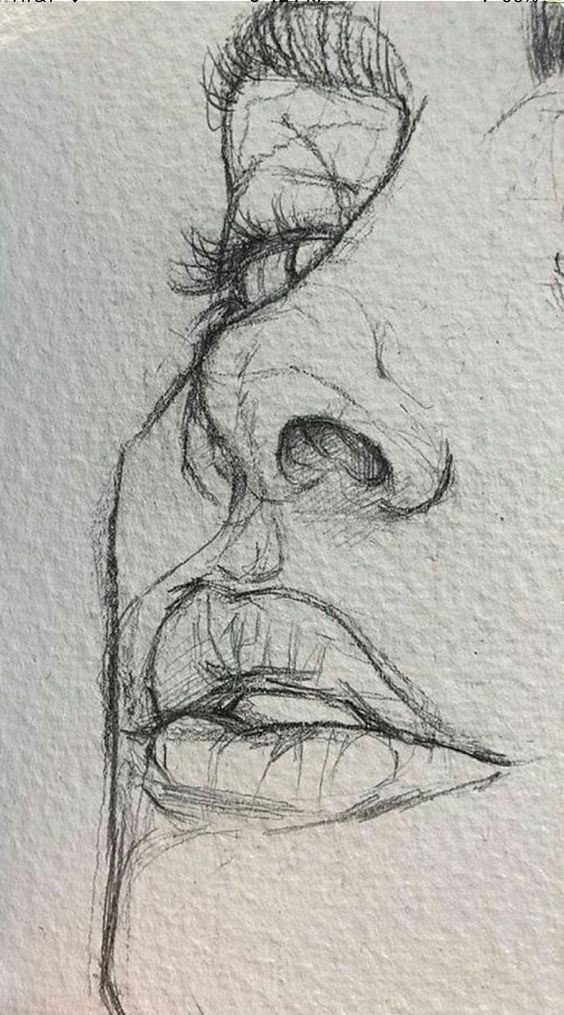
Quick Draw has moved beyond real gunfights. It now appears in sports like shooting competitions and video games. Modern competitions use timed targets and lasers to simulate the skill.
Technology has helped measure reaction time and accuracy better. This has made Quick Draw more accessible and safer to practice. It remains a test of hand-eye coordination and fast decision-making.
Quick Draw in Modern Context
Quick Draw now appears in many areas beyond its original meaning. It is used in digital tools, games, and even education. These uses show how this skill has changed with technology and new ideas.
Digital Applications
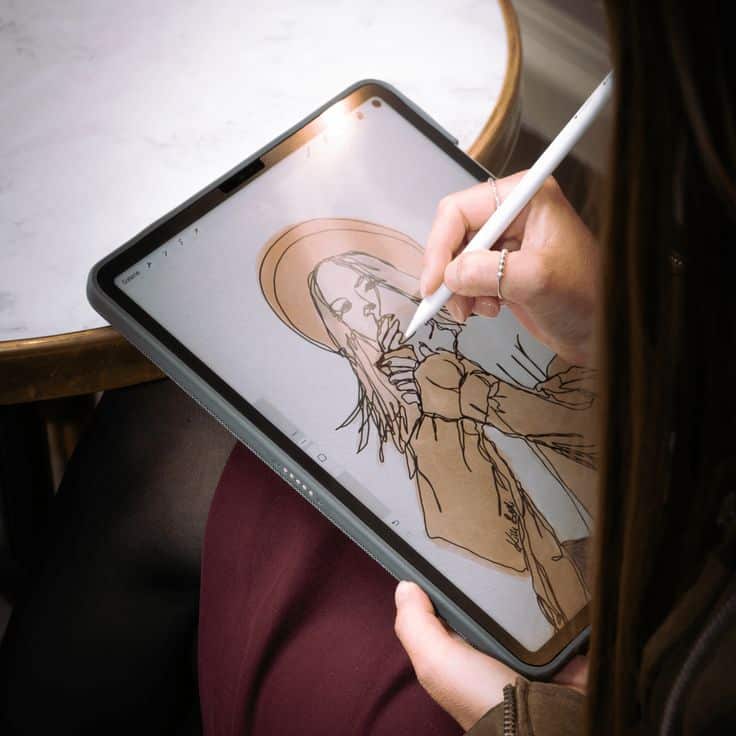
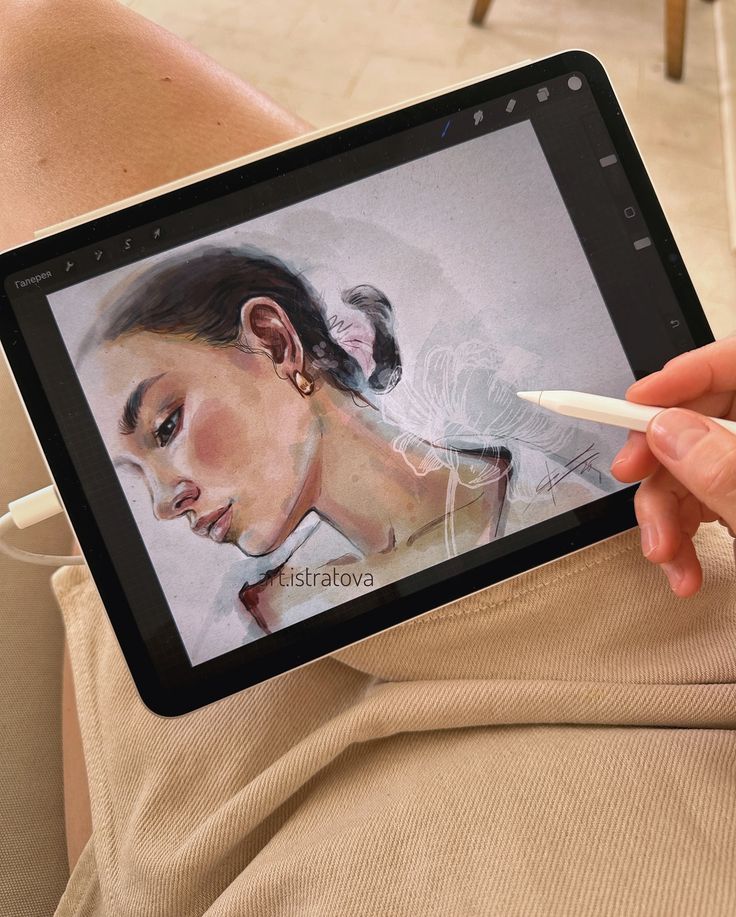
Quick Draw is used in digital tools for fast recognition and drawing. For example, some apps use AI to recognize sketches quickly. This allows users to turn rough drawings into clear images almost instantly.
In design software, quick-drawing features help artists speed up their work. These tools can guess shapes and improve lines automatically. This saves time and makes drawing easier for beginners and experts.
Quick Draw also appears in mobile apps that teach drawing. Users get instant feedback on their speed and accuracy. This helps improve their skills step by step.
Popular Platforms and Games
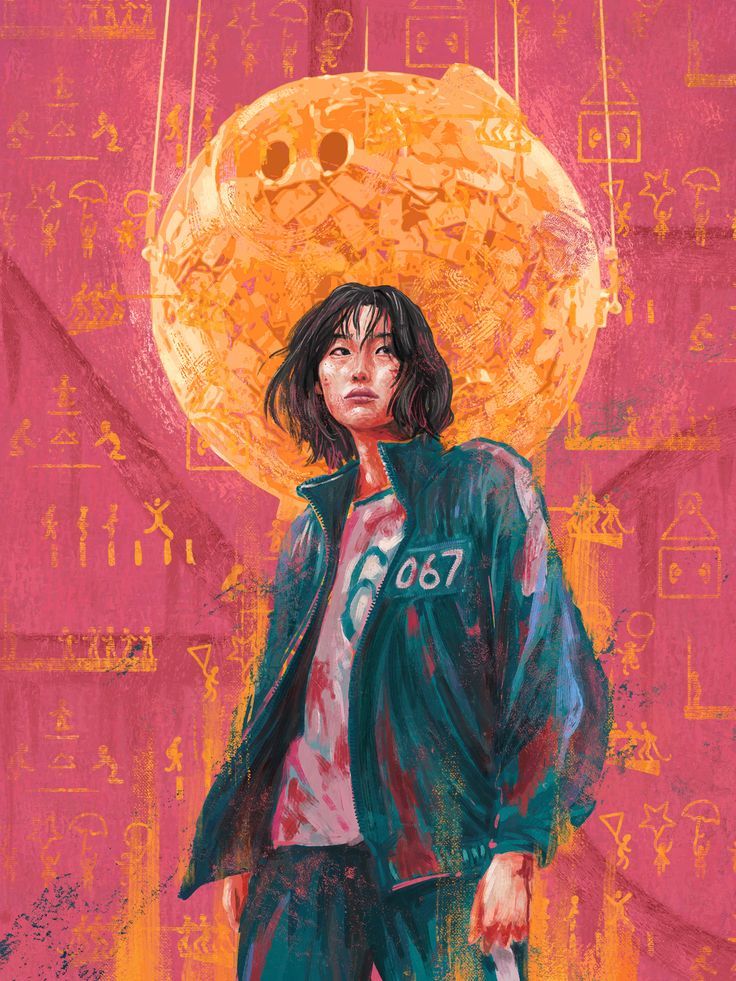
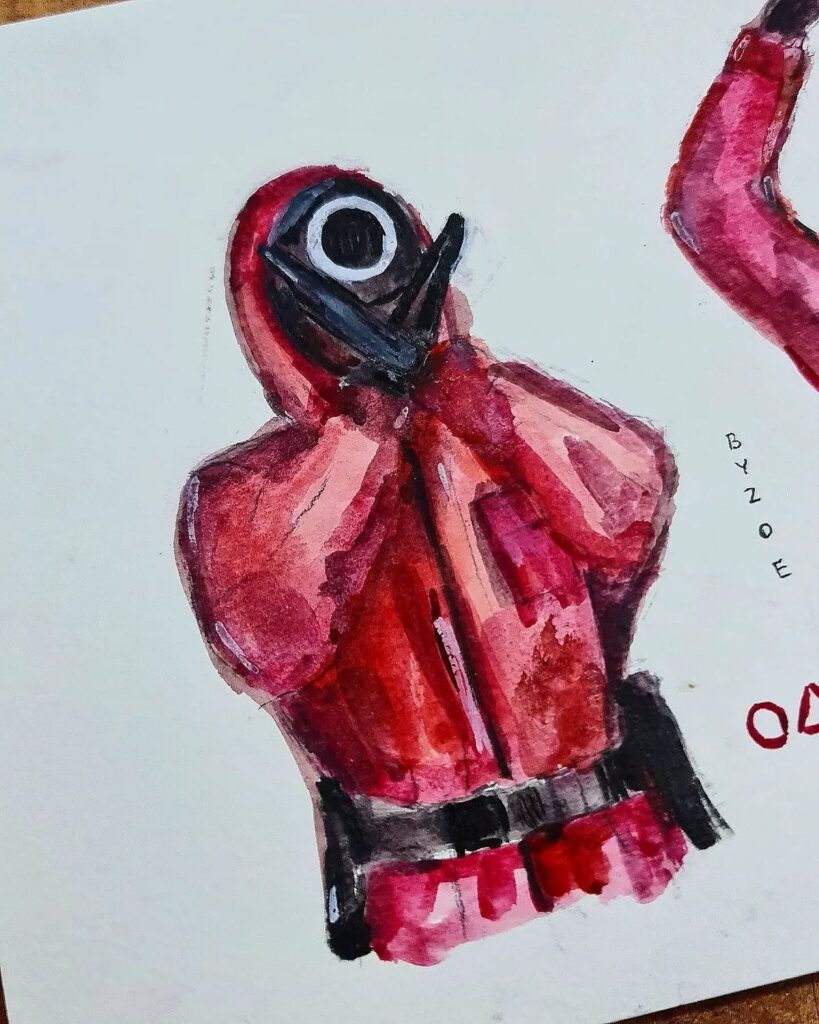
Several online games use Quick Draw as a core mechanic. Games like Quick, Draw! challenge players to sketch objects under a time limit. This tests how fast and accurately they can draw.
Social platforms sometimes include Quick Draw features to make chatting more fun. People compete by drawing simple pictures quickly. These contests create a playful, interactive experience.
Streaming sites also hold quick-draw competitions. These events attract viewers who enjoy watching fast, creative artwork. The games emphasize speed and thinking under pressure.
Integration in Education
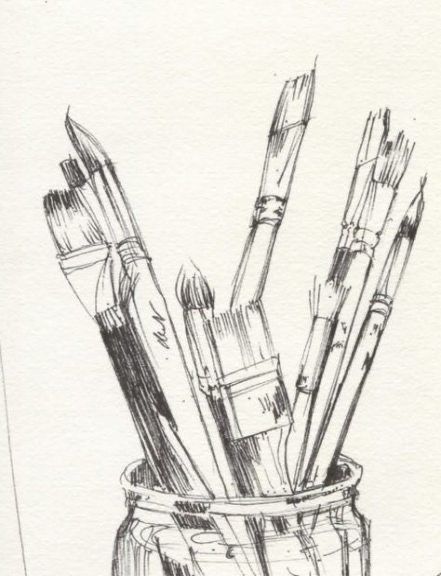
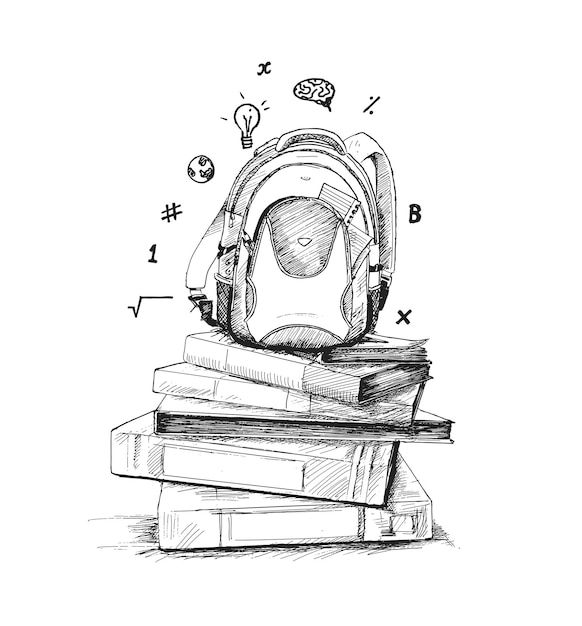
Teachers use Quick Draw methods to boost creativity and fine motor skills. Rapid sketching exercises encourage students to think fast and express ideas visually.
Some schools integrate Quick Draw into digital learning. Interactive drawing games help students practice art and problem-solving at the same time. It keeps lessons engaging and hands-on.
Quick Draw activities also support language learning. Sketching simple words quickly helps students remember vocabulary better. This method combines visual and cognitive skills for effective learning.
Quick Draw Game Mechanics
Quick Draw challenges players to react quickly and follow specific rules to succeed. Scoring depends on speed and accuracy, while managing time well is essential to maximize points.
Rules of Play
Players start the game by waiting for a prompt to draw an object, usually shown on the screen. They must sketch the object as fast and as clearly as possible. If the drawing matches the prompt before time runs out, the player moves to the next round.
Each round has a time limit, often around 20 seconds, which pushes players to focus on speed. Mistakes or unclear drawings result in no points for that round. Players cannot skip prompts or pause the timer. The game usually ends after a set number of rounds or when time expires.
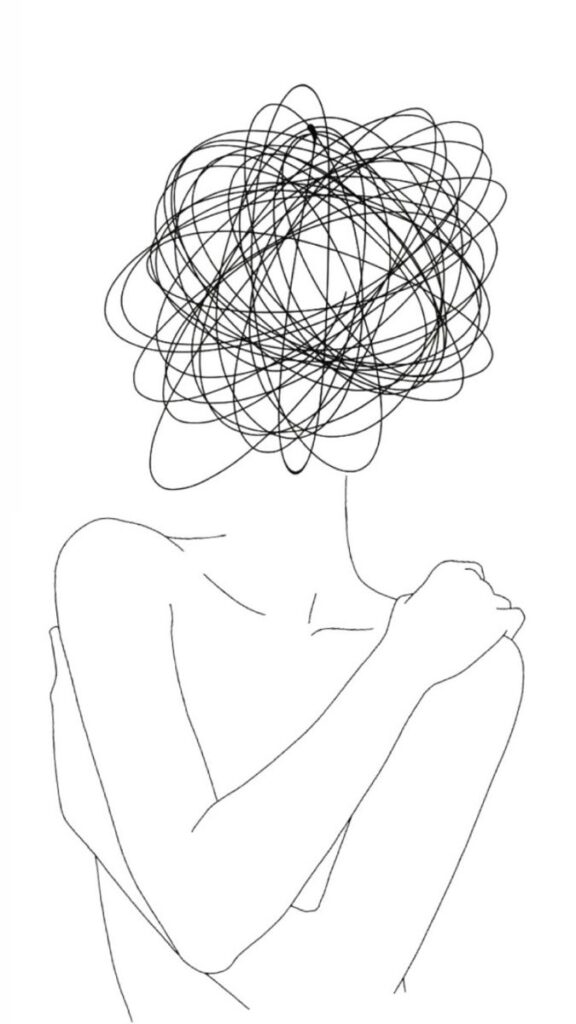
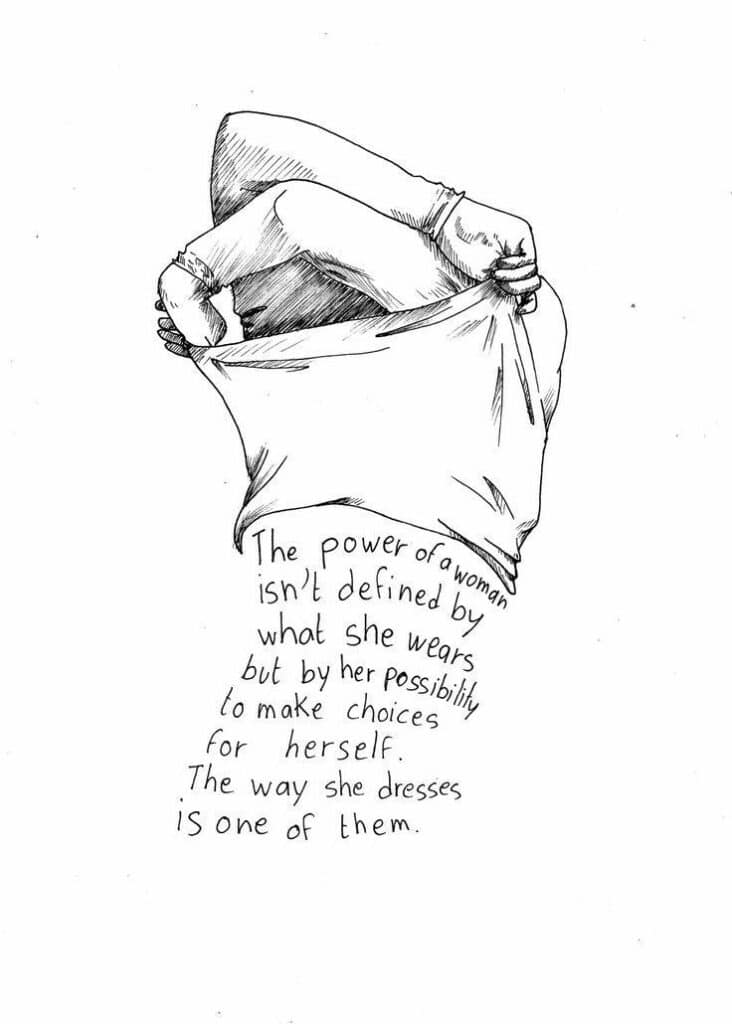
Scoring Methods
Points are awarded based on how quickly and accurately the drawing matches the prompt. Faster responses generally earn higher scores. If the drawing is recognized by the game’s system within the time limit, points are given.
Some versions also give bonus points for perfect matches or consecutive successful rounds. If the drawing is incorrect or too sloppy to recognize, no points are awarded. This system encourages quick thinking and clear drawing skills.
Time Management Strategies
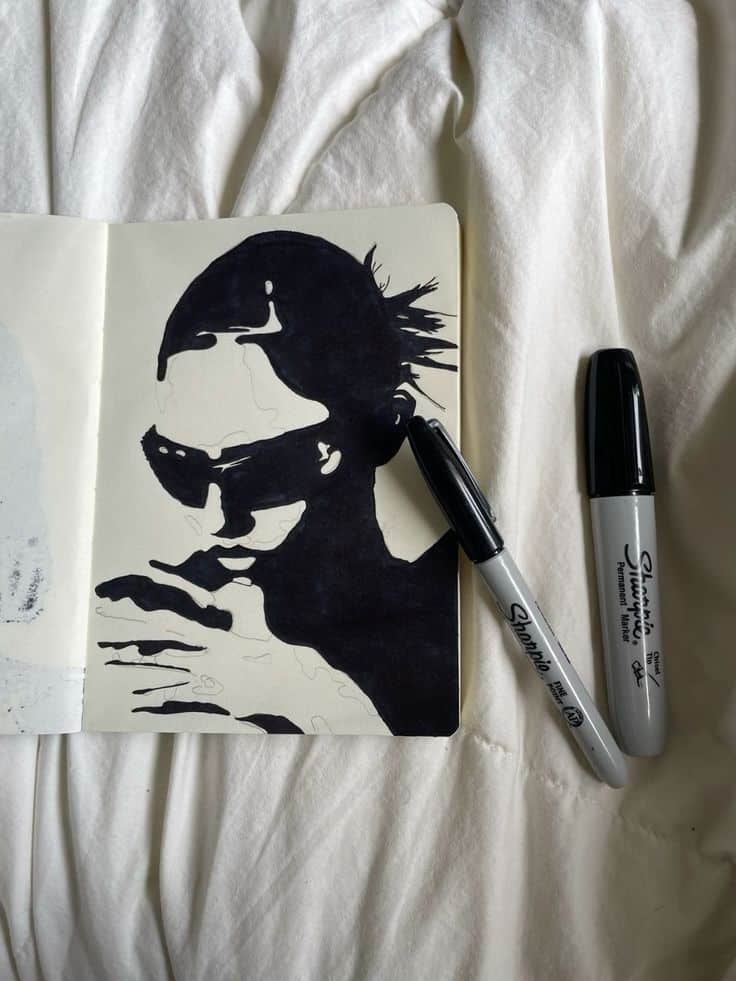

Players benefit from starting each sketch immediately to use the full time allowed. Spending too long on one detail can waste time and lower the chance of finishing the drawing.
It helps to focus on simple shapes and key features of the object. Prioritizing speed over perfect details is usually more effective. Learning to quickly identify essential lines and shapes can improve overall performance.
Skills and Techniques for Success
Mastering quick draw requires focused practice on drawing speed, hand and eye coordination, and avoiding common mistakes. These core skills help improve accuracy and confidence under time pressure.
Speed Drawing Tips
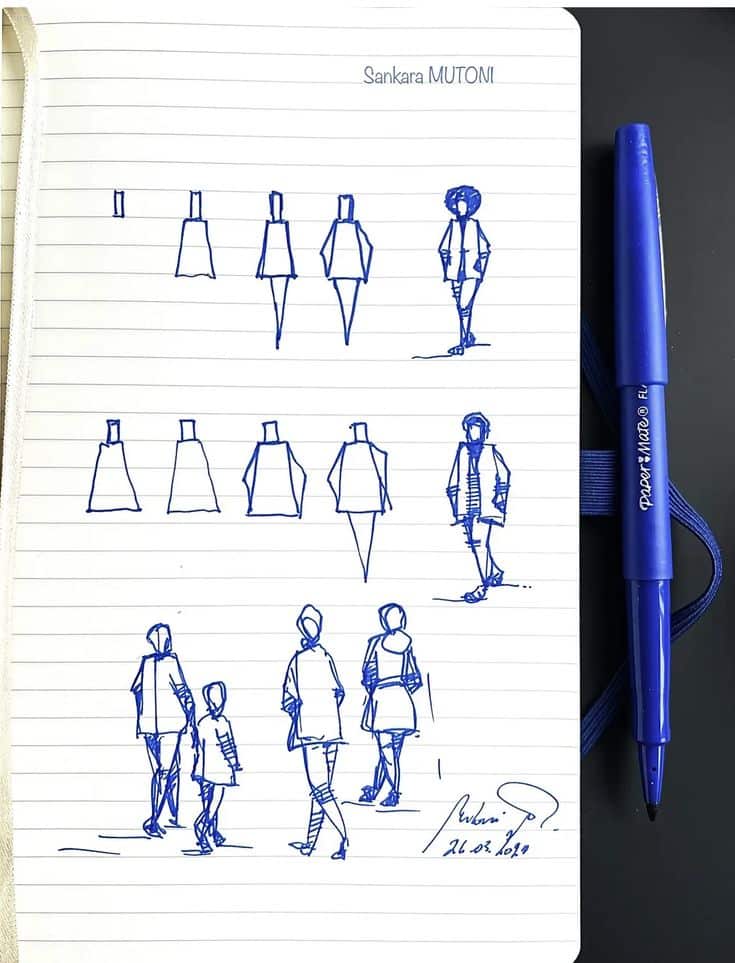
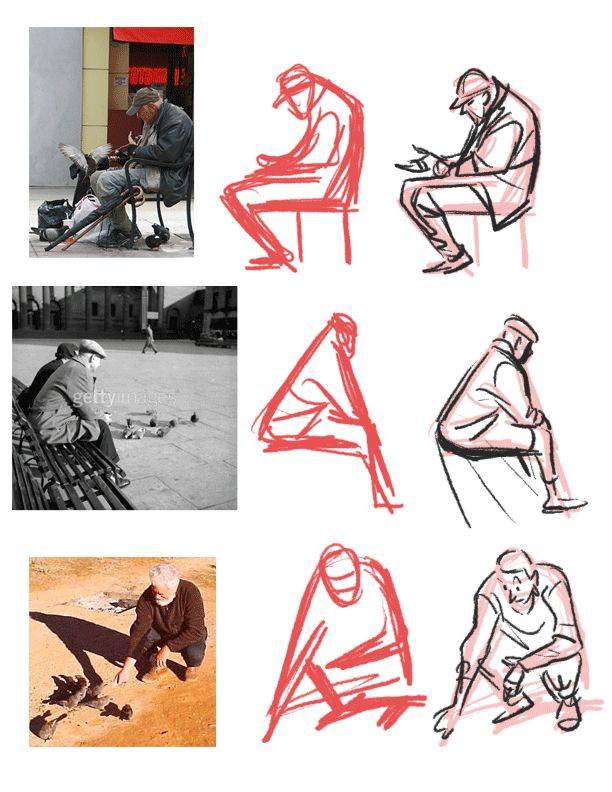
To draw quickly, it is important to prioritize simple shapes and clean lines. He or she should start with light sketches and then darken the main outlines.
Using smooth, continuous strokes saves time compared to short, choppy lines. Practicing daily with a timer helps build speed gradually.
Breaking drawings into small parts, like focusing on one feature at a time, speeds up the process. It also helps avoid frustration and makes the work manageable.
Improving Hand-Eye Coordination
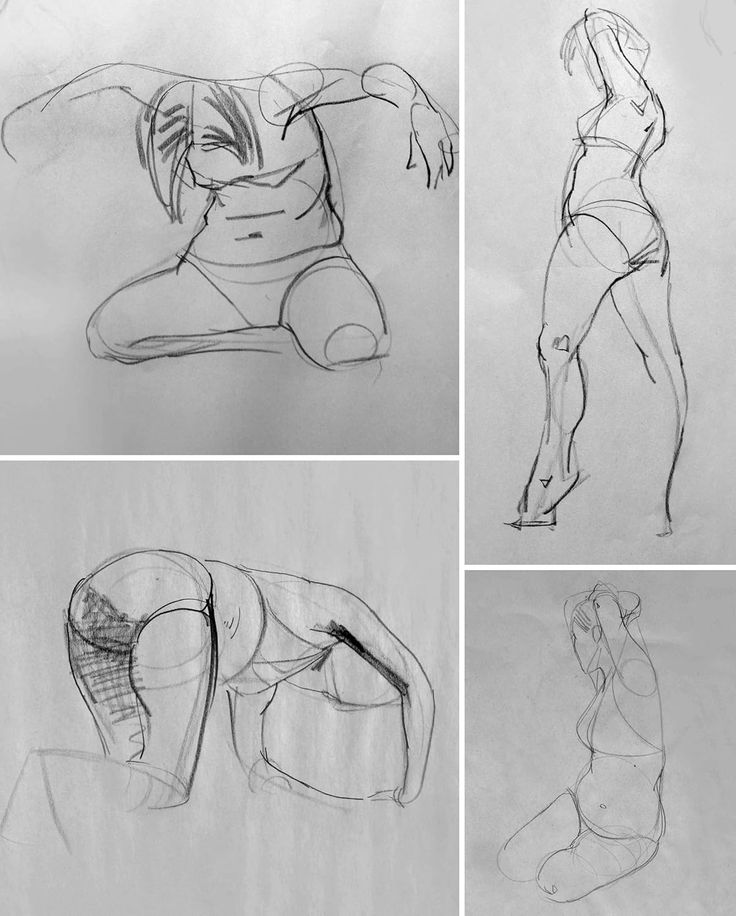
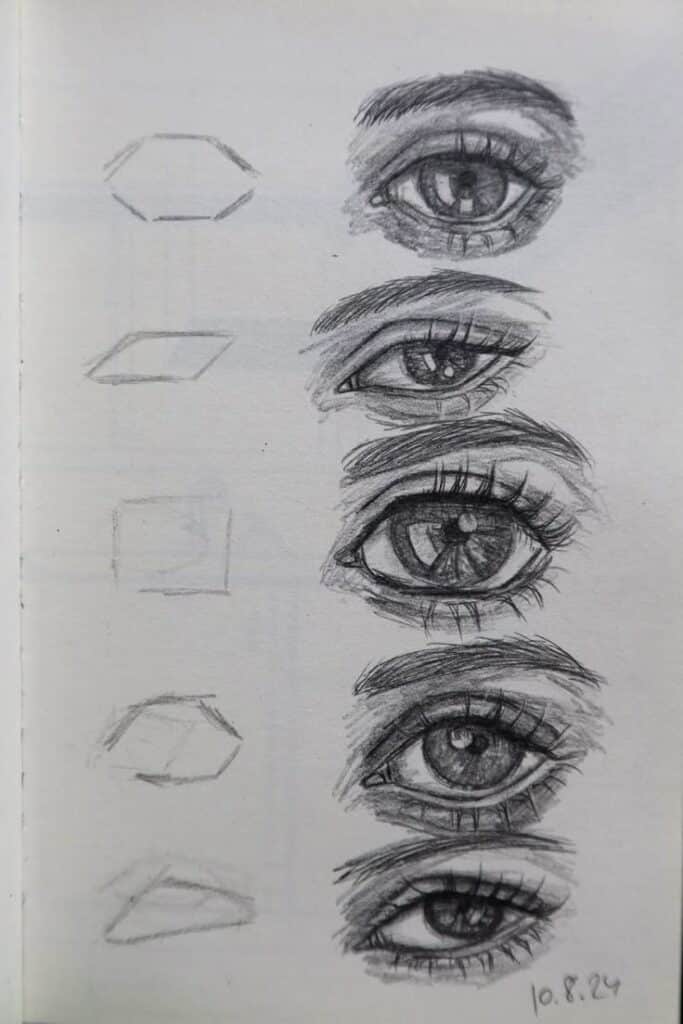
Good hand-eye coordination helps connect what is seen with quick, accurate movements. Regular practice watching objects, then drawing them immediately improves this skill.
Drawing from observation rather than memory challenges the brain and muscles to work faster and more precisely. Exercises like tracing or copying simple shapes also strengthen coordination.
Using both hands during practice helps balance control and flexibility. Switching hands occasionally prevents muscle stiffness and improves overall dexterity.
Common Mistakes and How to Avoid Them
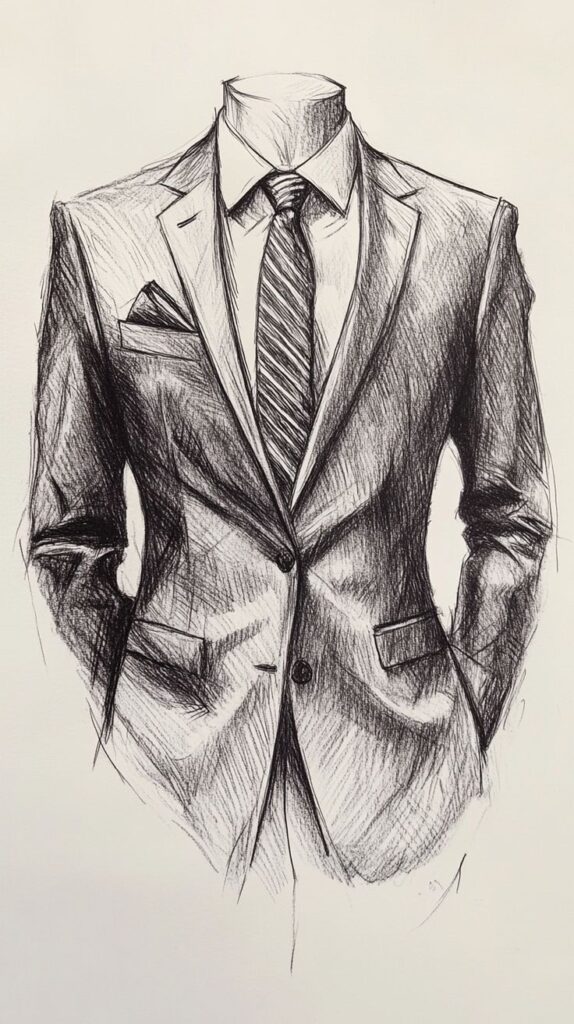
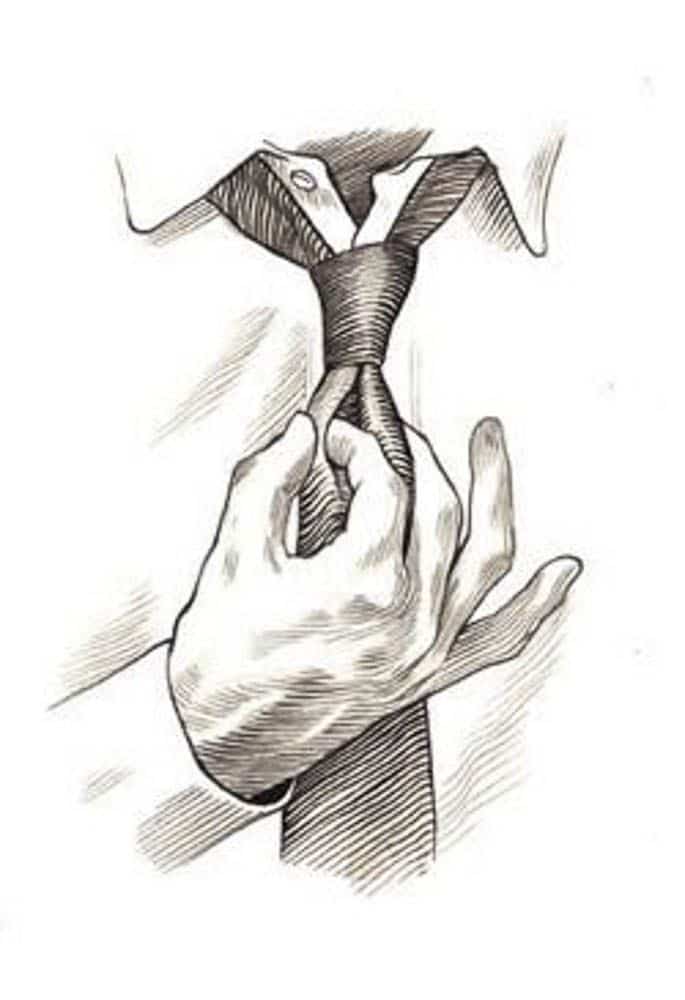
A common mistake is rushing without planning, which causes poor lines and wrong proportions. Taking just a few seconds to plan the drawing reduces errors.
Another frequent error is pressing too hard. Light pressure lets corrections happen easily and speeds the drawing process.
Avoid trying to draw every detail. Focus on the biggest shapes or features first to capture the essence quickly. This method keeps the drawing clear and time-efficient.
Tip table for avoiding mistakes:
| Mistake | How to Avoid |
|---|---|
| Rushing without plan | Spend a few seconds planning |
| Pressing too hard | Use light, gentle strokes |
| Too many details | Focus on main shapes first |
Cultural Impact of Quick Draw
Quick Draw has shaped many parts of entertainment and social life. It has influenced movies, TV shows, and games. At the same time, it brings people together through competitions and online communities.
Influence on Popular Media
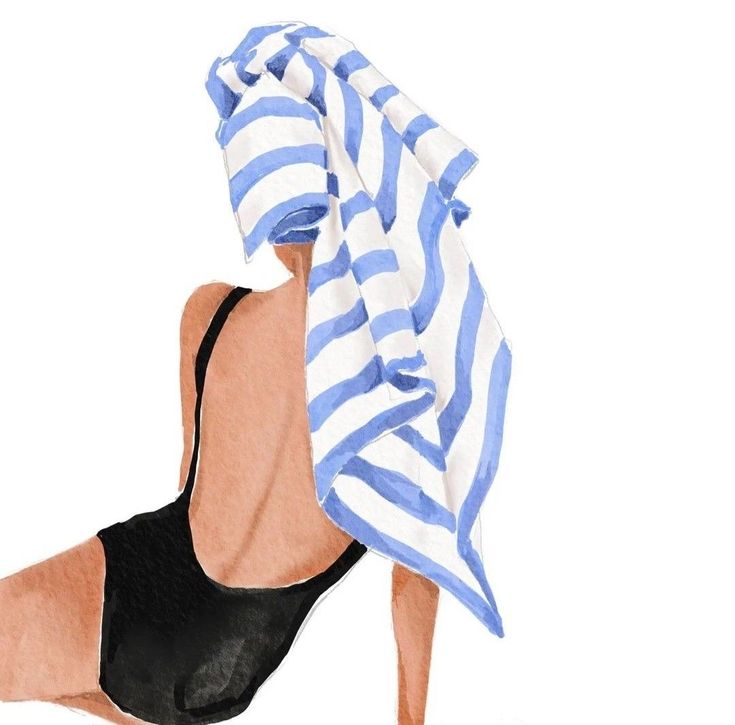
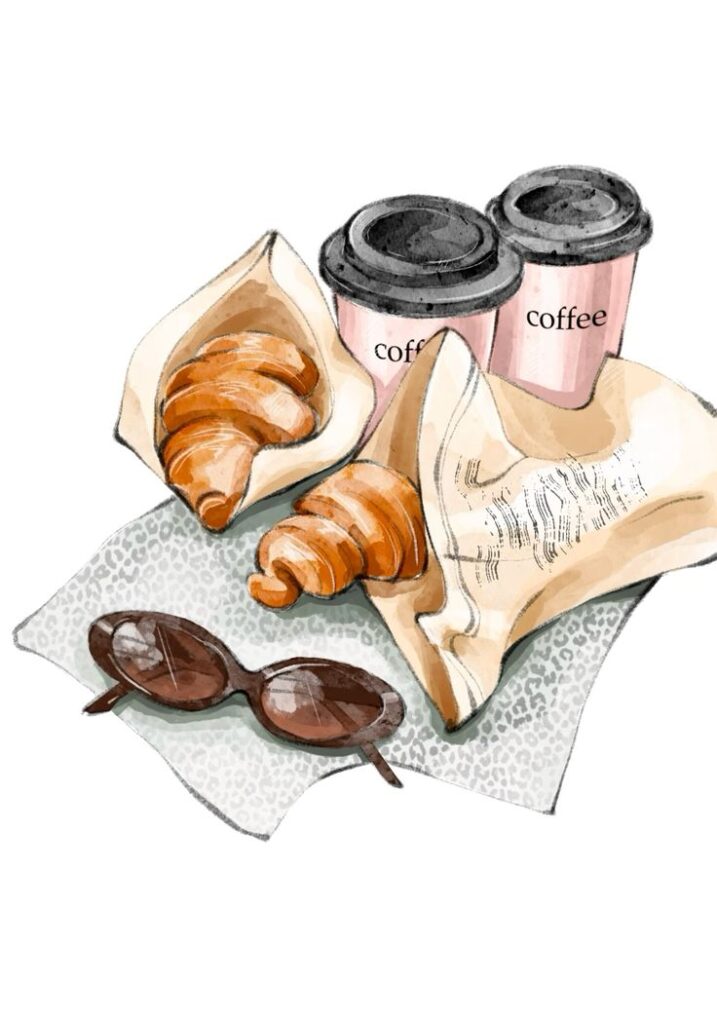
Quick Draw inspired many Western films and video games. Characters in these stories often demonstrate fast reflexes and quick-thinking, which come from quick draw skills.
Several popular video games use quick draw mechanics to test players’ reaction times. Shows like Western-themed series also feature quick draw contests as key plot points. This keeps the skill part of entertainment culture.
The quick draw symbol often represents speed, skill, and competition in media. It connects audiences to old-fashioned duels and fast-paced challenges, making it a popular theme.
Community and Social Engagement


Quick Draw events bring together people who enjoy tests of skill and speed. Some towns host annual quick draw contests as local traditions.
Online platforms have created spaces for quick draw enthusiasts to compete and share tips. These communities grow as players from different places join.
The quick draw community values fair play and sportsmanship. People connect over their shared interest, encouraging practice and improvement while making friends.
Quick Draw vs Traditional Drawing
Quick Draw and traditional drawing differ mainly in speed, focus, and technique. Quick Draw emphasizes fast sketches and capturing ideas quickly. Traditional drawing takes more time and attention to detail, with slower, more deliberate strokes.
Differences in Approach

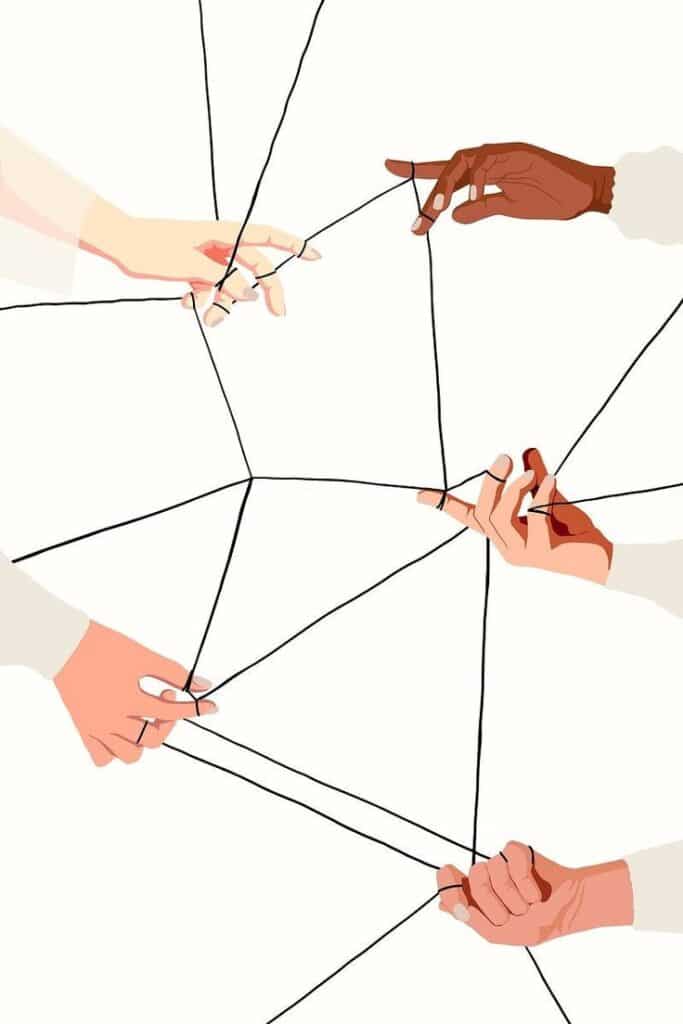
Quick Draw is about speed and immediacy. Artists create fast lines and shapes to capture a basic form or concept within minutes. They often work without erasing, embracing imperfections.
Traditional drawing involves careful planning and layering. Artists use multiple tools and techniques to build texture, shading, and detail. They often spend hours refining a single piece to reach precision and realism.
The tools also differ. Quick Draw usually uses simple tools like pencils or digital brushes set to quick responsiveness. Traditional artists might use charcoal, ink, or fine brushes to achieve detailed effects.
Unique Challenges
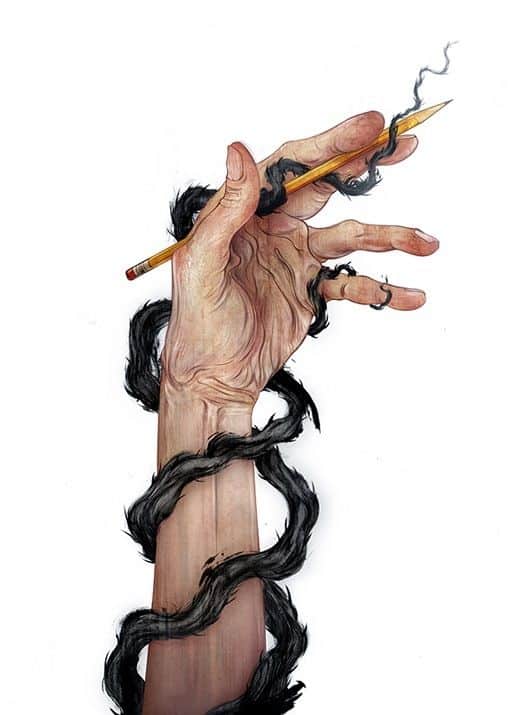

Quick Draw challenges artists to think and react quickly. They need to focus on the essence of their subject without overworking it. The fast pace can cause mistakes but forces creativity and confidence.
Traditional drawing requires patience and control. It can be frustrating to erase and rework parts repeatedly. Artists must balance precision with fluidity, often managing complex lighting and texture details.
Both forms need practice, but Quick Draw pushes speed more, while traditional drawing tests endurance and precision. Each has its own skill set and mental demands.
Future Trends for Quick Draw
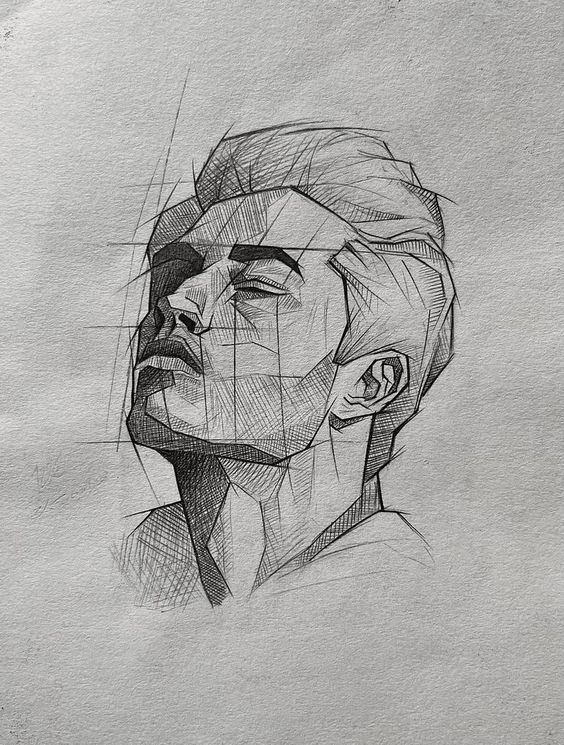
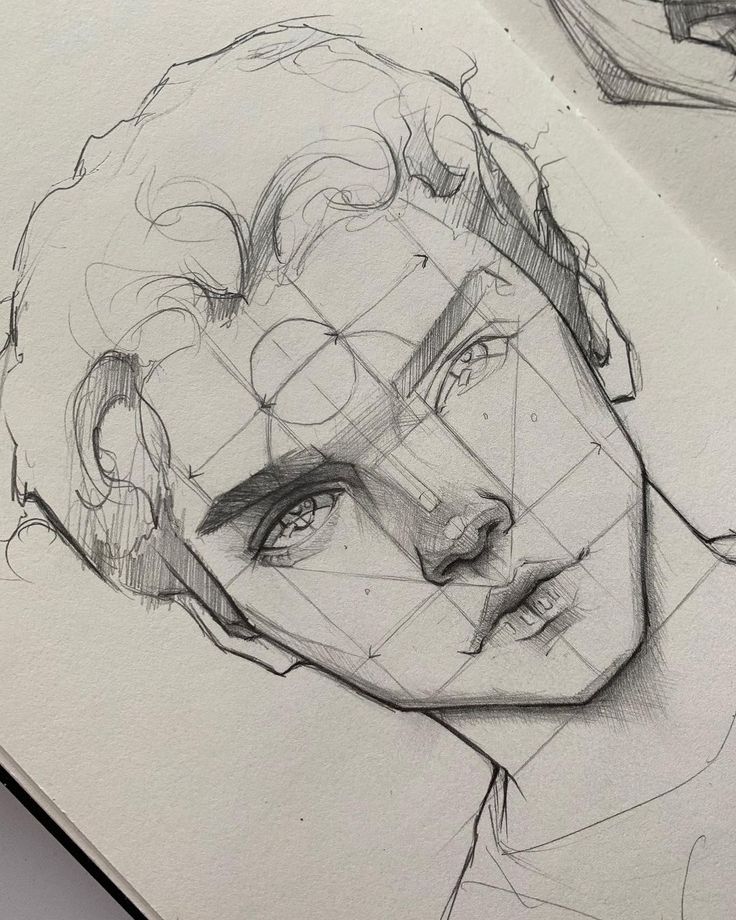
Quick Draw is likely to become more interactive with improved technology. Artificial intelligence (AI) will help the system learn faster and offer better predictions. This will make the game or tool more accurate and responsive.
The use of mobile devices will grow, allowing more people to access Quick Draw anytime, anywhere. Apps could add features like multiplayer modes or challenges to increase user engagement.
Integration with other platforms is expected. Quick Draw might work with educational tools or creative software. This would help users apply their quick drawing skills in various fields.
Users can also expect better feedback systems. These could include hints, tutorials, and progress tracking to help people improve their drawing speed and accuracy over time.
| Future Trend | Description |
|---|---|
| AI Improvements | Faster learning and better guessing |
| Mobile Accessibility | Games and tools available on smartphones |
| Platform Integration | Use with educational and creative software |
| Feedback Systems | Hints and progress tracking for users |
These trends will help Quick Draw stay relevant and useful in both entertainment and education.
- 920shares
- Facebook0
- Pinterest920
- Twitter0
- Reddit0



